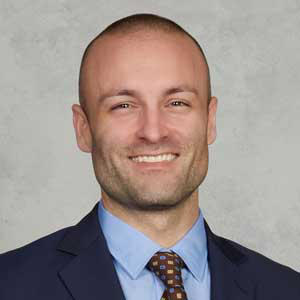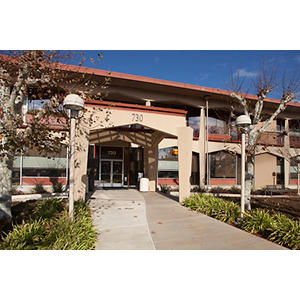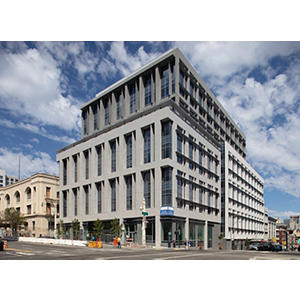
Karl Bruckman, MD, DDS
Clinical Assistant Professor
Oral & Maxillofacial Surgery
“I am honored to use my abilities to help children lead happy, healthy and active lives.”
Mi acercamiento
As both a plastic surgeon and an oral and maxillofacial surgeon, I combine research and leading-edge clinical care to create a personalized treatment plan for patients with craniofacial conditions. I optimally restore both function (normal bite) and form (facial aesthetics), thus improving the quality of life for my patients. When surgery is needed, I intervene at just the right stage in a child's growth to ensure a successful outcome. I take a team-based approach to patient care, partnering with the family in all aspects of treatment.
Localización

730 Welch Road
Palo Alto, CA 94304
Mapas, direcciones y estacionamiento
Teléfono : (650) 723-4883
Fax : (650) 497-8874

1100 Van Ness Ave, 7th Floor
San Francisco, CA 94109
Mapas, direcciones y estacionamiento
Teléfono : (844) 733-2762
Fax : (650) 725-7578
Experiencia
Cleft Lip Cleft Palate
Facial Fractures
Hemifacial Microsomia
Jaw Deformities
Jaw Surgery
Jaw Tumors Cysts
Microsomia
Neonatal Congenital Anomalies
Obstructive Sleep Apnea
Skin Lesions
Temporomandibular Joint (TMJ) Disorders
Velopharyngeal Dysfunction Insufficiency
Trabajo y educación
Thomas Jefferson University Office of the Registrar, Philadelphia, PA, 06/02/2011
Thomas Jefferson University Hospital, Philadelphia, PA, 06/30/2012
Thomas Jefferson University Hospital, Philadelphia, PA, 06/30/2014
The Institute of Reconstructive Plastic Surgery, New York University Medical Center, New York, NY, 06/30/2018
Thomas Jefferson University Hospital, Philadelphia, PA, 06/30/2015
Thomas Jefferson University Hospital, Philadelphia, PA, 06/30/2014
Yale University Pediatric Surgery, New Haven, CT, 06/30/2019
Oral and Maxillofacial Surgery, American Board of Oral and Maxillofacial Surgery, 2016
Plastic Surgery, American Board of Plastic Surgery, 2022
Idiomas
English
Conéctese con nosotros:
Descarga nuestra App: